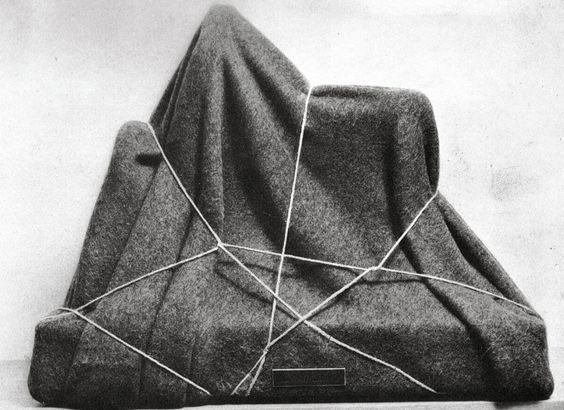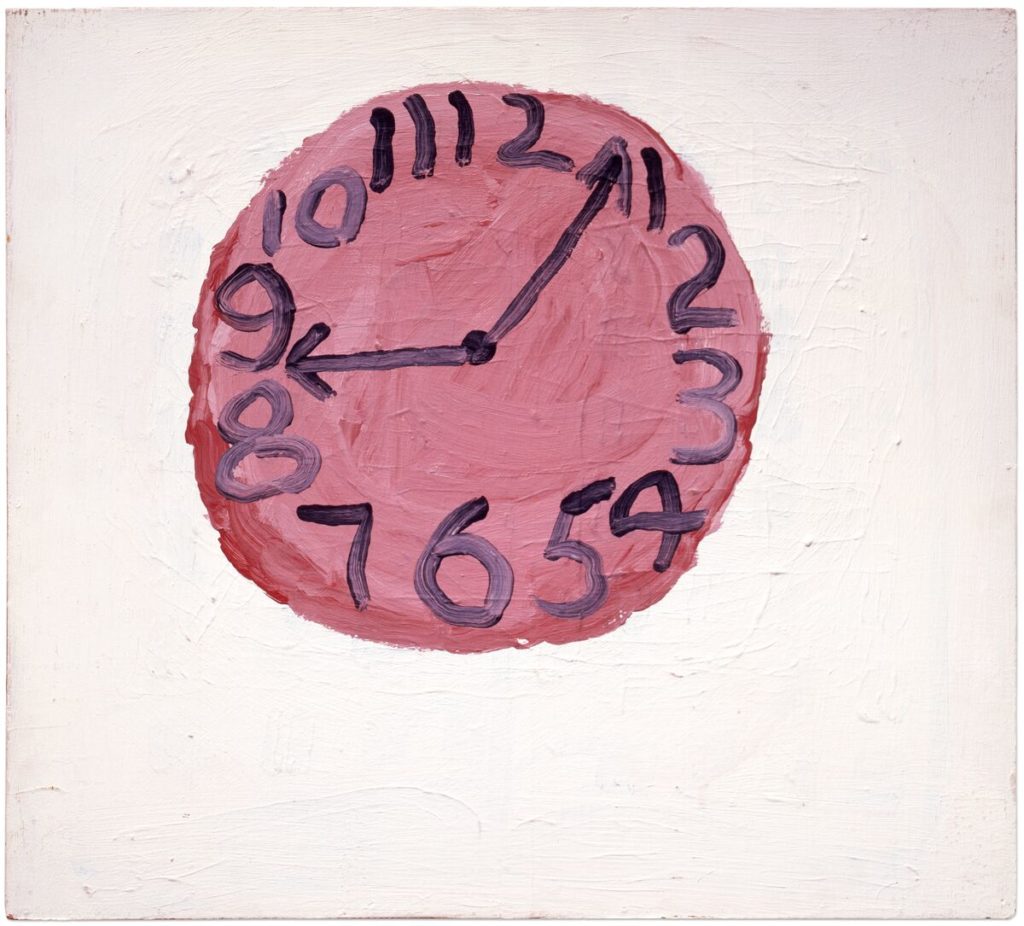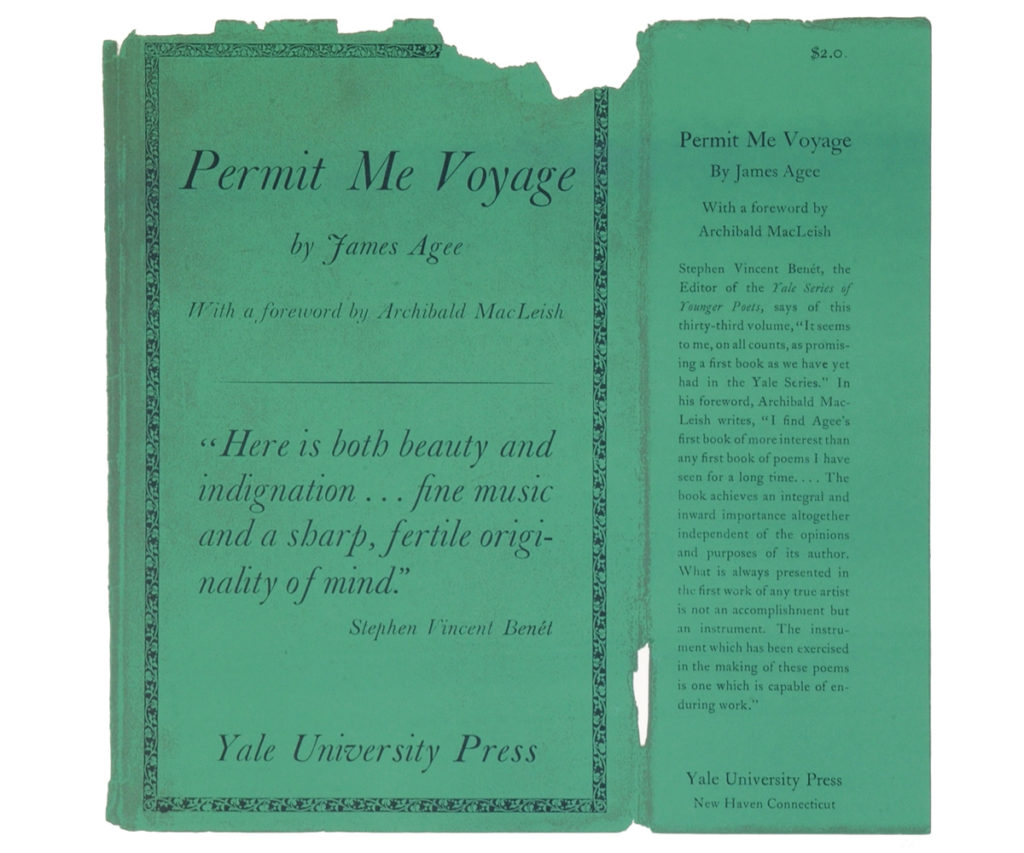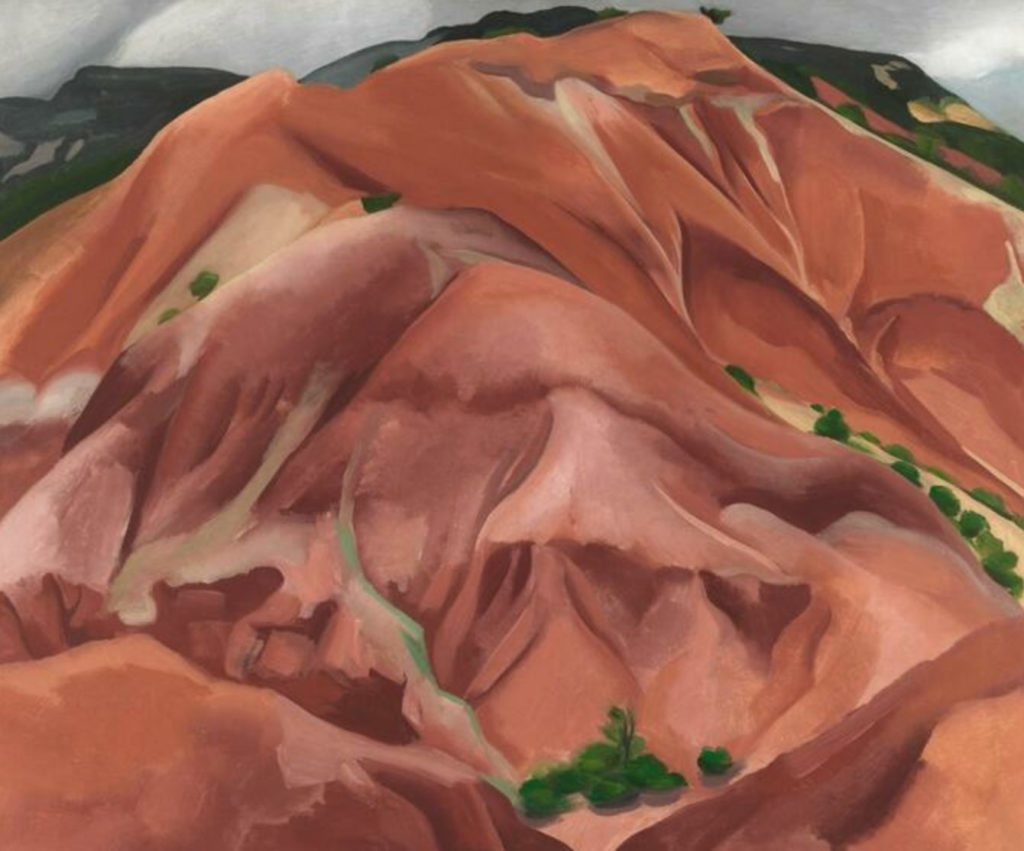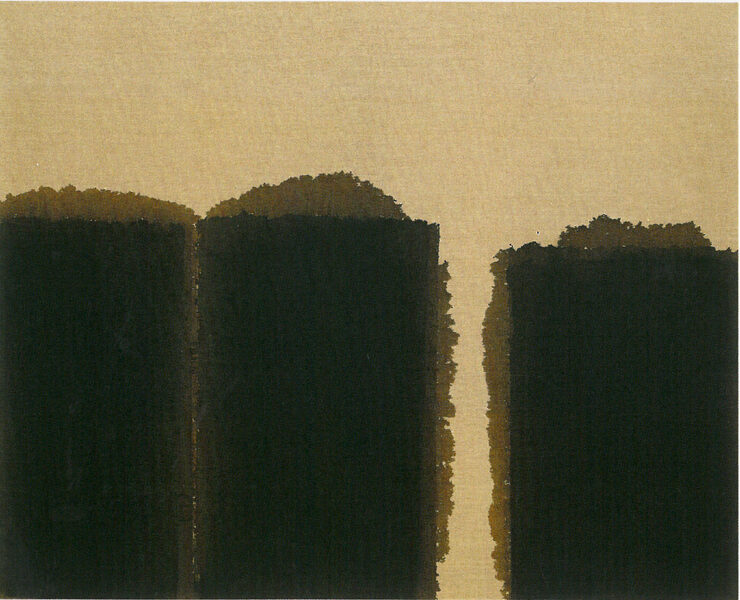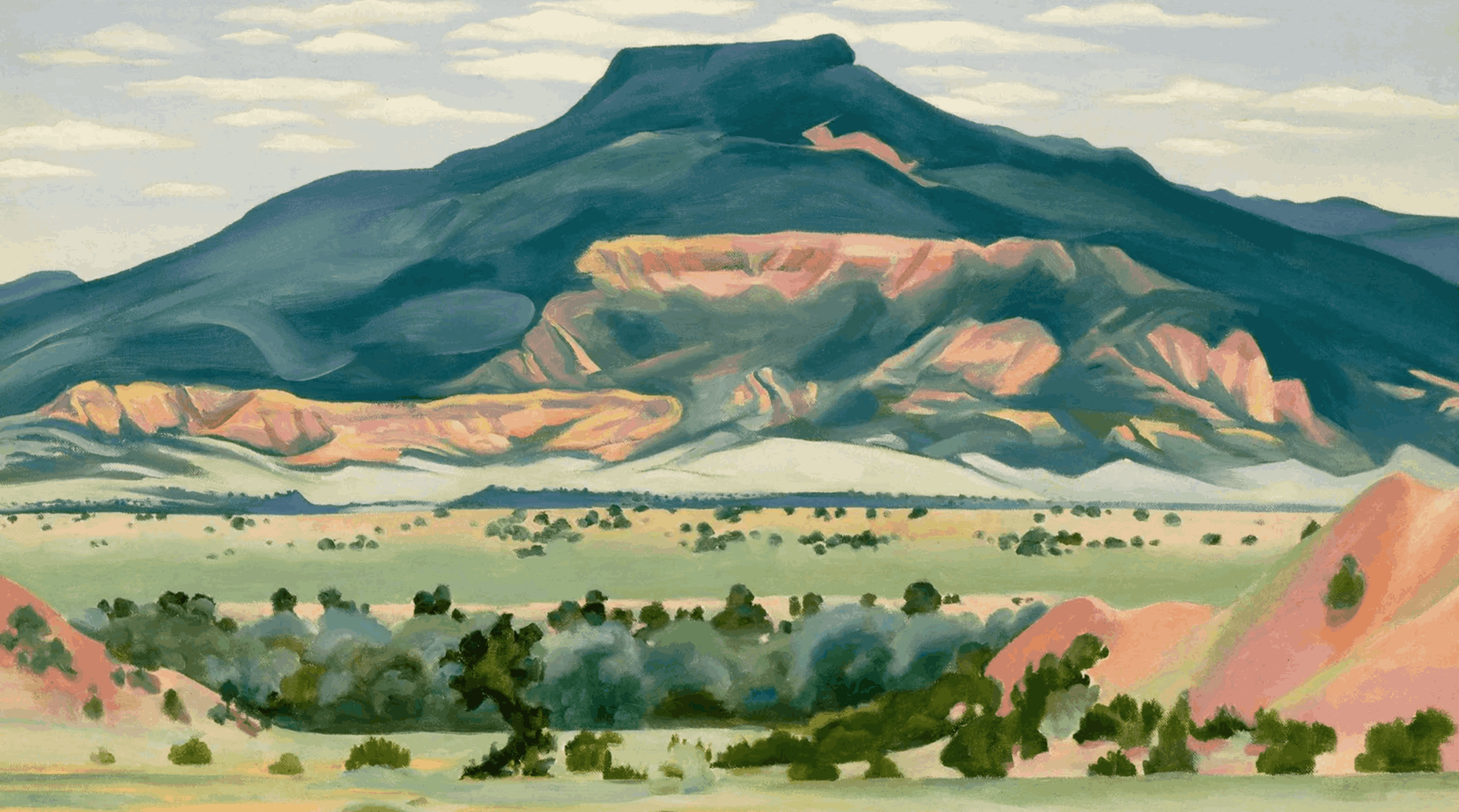
멀리 있는 땅, 멀리 있는 여자
Faraway
Text by 박상미 Mimi Park
Translation by 김솔하 Solha Kim
산타페를 벗어나 북쪽으로 갈수록 땅이 붉게 변했다. 조지아 오키프가 살던 고스트랜치와 애비큐에 올라가는 길이었다. 땅의 색깔이 이렇게 선정적일 수 있나 싶었다. 피가 나기 직전 붉게 변한 살 같기도 했다. 선연한 색의 땅이 또 이렇게 거칠다니 뭔가 뒤집어진 속을 보는 느낌이었다. 어쨌든 세상은 눈이 부담스러울 정도로 총천연색이었다. 붉은 땅과 드문드문한 녹색과 파란 하늘과 흰 구름. 오키프의 그림을 당장 다시 보고 싶어졌다. 동시에 그녀도, 그녀의 그림 속 관능도 궁금해졌다. 도대체 어떤 여자였을까. 도대체 어떤 여자였기에 이런 척박한 곳에서 살 수 있었을까.
나는 산타페를 생각하면 악몽부터 떠오른다. 산타페에 도착한 첫날 평생 기억할만한 악몽을 꾸었다. 들라크루아의 <사르다나팔의 죽음>의 박찬욱 버전이랄까. 팔다리가 동강나고 유혈이 낭자한 끔찍한 꿈이었다. 내가 이 꿈을 꾼 곳은 정확히 말해 산타페에서 30km쯤 떨어진, 산타페와 앨버커키 사이에 위치한 쎄릴로스라는 허허벌판 사막 동네였다.(넓게는 산타페 카운티 안에 있다.) 앨버커키에서 고속도로를 달리다가 굴곡이 많은 산길로 들어서니 갑자기 건조한 지대의 풍경이 펼쳐졌고, 하늘에선 또 날씨가 급격히 변하고 있었다. 예약한 숙소를 찾아 가는 길은 생각보다 헷갈렸다. 목적지에 가까워질 수록 주변에는 아무 것도 없었고 방향감각을 잡기 힘들었다. 작은 표지판들을 따라 겨우 목적지에 다다르자 그 어도비 하우스 스타일의 건물이 실제로 허허벌판 위에 있다는 사실이 새삼 황당했다. 인터넷으로 숙소를 정할 때 “사막에서 자고 싶어. 사막에서 자보고 싶어.”라고 어린애처럼 중얼대던 나였다. 그런데 실제로 내가 그날 밤 자야할 집 주변에 아무 것도 없다는 사실은 거의 충격이었다. 지대는 높았고 공기는 건조했다. 어색하게 반기는 주인 여자의 얼굴은 건조하고 맑은 바람을 오래 맞은 사람의 그것이었다. 여러 차례 벗겨진 듯 억세면서도 순수하고, 동시에 저 멀리 있는 듯 거리감이 느껴지는 얼굴. 밤에 자기 전에 동물의 울음소리를 들었다. 나중에 들으니 그게 코요테였다는데, 동물의 울음소리보다는 동물에게 잡아먹히는 아이의 울음소리 같았다. 그 날 밤 꿈에 동강 난 사지가 날아다니고 주인 여자는 투숙객들을 꼬드겨 해치우는 악마로 변했다. 가까스로 잠에서 깬 후에도 그 생각에서 깨지 않아 한참동안 끔찍한 공포감에 시달렸다. 건조한 바람과 고도와 자주 바뀌는 기압과 짐승의 울음소리와 소원한 주인 여자의 얼굴 등 모든 것이 악몽의 이유가 되었을 것이다. 나는 그 척박하기로 유명한 땅으로 온 거였다.
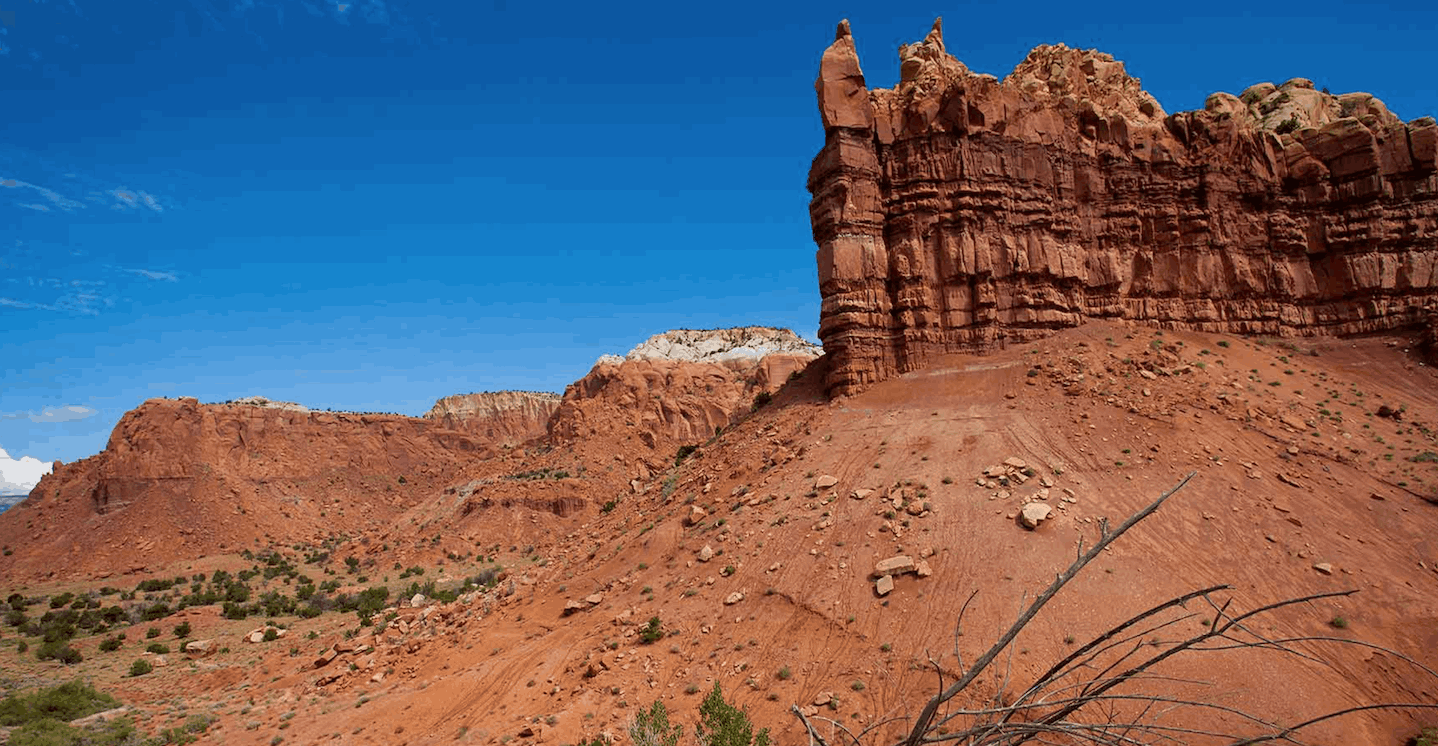
“이곳은 어떤 생물이 살아가기에도 척박한 환경이다. 이곳에서 살려면 식물이건 동물이건 자신으로부터 뭔가 ‘터프’한 것을 끄집어내야만 한다. 나는 나 자신으로부터 끌어낼 수 있는 터프함을 보고 싶다.” 뉴멕시코에 사는 아티스트 리처드 터틀이 이렇게 말한 적이 있다. 오키프도 그랬을까? 액상프로방스하면 세잔이 떠오르듯 산타페하면 오키프다. 그녀는 20년 동안 매해 뉴멕시코에서 시간을 보냈고, 1949년부터는 완전히 이주하여 1986년 죽는 날까지 이곳에서 살았다. 그 이유가 뭐였든 오키프의 표현은 좀 더 로맨틱하다. 말년에 한 인터뷰에서 그녀는 “보자마자 내 거라고 생각했어요. 공기 중에 뭔가 있었지요. 여기가 나의 땅이라고 말해주는. 이렇게 떠벌이면 안 돼요. 다른 사람들이 알게 되는 건 싫으니까.”
조지아 오키프 미술관은 산타페 시내에 있지만 실제로 오키프는 고스트랜치와 애비큐에서 살았다. 애비큐는 산타페에서 80 km정도 북쪽에 있는 지역이고 고스트랜치는 그 위로 좀 더 가야한다. 1934년 고스트랜치에 처음 가 본 오키프는 “이 세상 최고의 장소”라고 했다. 애초에 그녀를 생각하며 계획한 여행이었지만 사실 난 그녀의 그림을 그다지 좋아한 적이 없다. 아서 도브와 나란히 걸려있으면 난 언제나 도브의 그림을 들여다봤다. 하지만 그녀가 살기로 선택한 곳의 풍경은 대단했다. 무시하기 힘들었다. 고스트랜치는 지금은 교육 및 연수 프로그램을 운영하고 있는 곳이지만 원래는 가축 도둑들이 훔친 가축을 숨겨놓는 곳이었다고 한다. 도둑들은 사람들이 얼씬거리지 않게 하기 위해 유령이 떠도는 곳이라고 소문을 내었고, 그래서 그런 이름을 얻게 됐다. 나중에 한 자선가가 이곳을 사들여 장로교에 기증했는데 오키프는 그 작은 일부를 특별히 살 수 있게 된 것이었다. 그녀가 머무르며 그림을 그리곤 했다는 조그만 오두막에 앉아 2억 2천 년 전의 땅이 받쳐주는 풍경을 바라보았다. 그녀의 그림은 어쩌면 조지아 오키프라는 커다란 퍼스낼리티의 일부라는 생각이 들었다. 예술가가 창조하는 것은 예술가 자신이라고, 어떤 평론가가 말한 적이 있다.
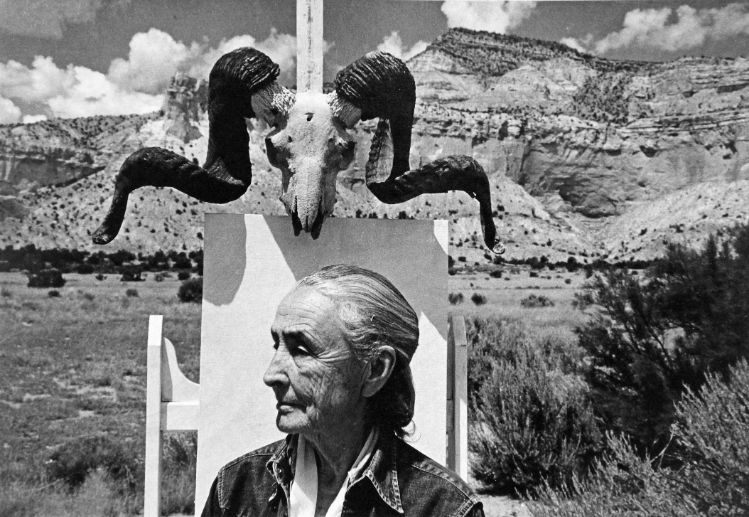
조지아 오키프는 1887년 위스콘신 주 선프레이리에서 농부의 딸로 태어났다. 어렸을 때부터 그림에 재능을 보인 그녀는 화가가 되기로 결심했는데, 당시는 여자가 예술가가 되는 일이 드물 때였다. 유럽이나 미국이나 대부분 남자 예술가들이었고 그런 환경에서 그녀의 재능을 발견해준 것 역시 남자였다. 뉴욕에서 291갤러리라는 아방가르드한 갤러리를 운영하고 있던 알프레드 스티글리츠는 1916년 처음으로 오키프의 작품을 보게 된다. 오키프의 목탄 드로잉을 본 스티글리츠는 “마침내 여자의 그림이구나!”라고 감탄했다. 이 말은 두 가지 의미를 지니는데, 첫째는 남자들만 있는 세상에 드디어 여자 화가가 등장했다는 뜻이었고, 둘째는 그녀 작품의 소재에 관한 것이었다. 오키프의 꽃 그림이 여성의 성기를 연상시킨다는 것은 유명하고도 자명한 사실이다. (여성의 성기를 소재로 한 작품인 쥬디 시카고의 “디너파티”의 일부가 되기도 했다.) 그 이전 시기에 그려진 이 추상의 드로잉도 어딘가 ‘여성’을 연상시킨다는 사실은 상당히 놀랍다. 스티글리츠의 말은 그전까지 표현되지 않았던 어떤 여성성을 종이 위에 표현했다는 사실에 대한 감탄이기도 했던 것이다.
스티글리츠는 그 이듬해인 1917년 파격적으로 오키프에게 첫 개인전을 열어주었다. 그러고 바로 3일 후 미국이 독일과의 전쟁을 선언했다. 그로인해 스티글리츠에게는 어려움이 뒤따랐고, 갤러리의 재계약을 포기하면서 그는 이렇게 말했다고 한다. “뭐, 나는 끝났지만 세상에 한 여자를 주었다.” 그즈음 그들 간에는 열렬한 편지가 오가고 있었다. 1년 후 23살 차이의 이 두 사람은 함께 지내기 시작했고, 스티글리츠의 이 언명은 그로부터 몇 년 후 더욱 진실이 되었다. 1921년 스티글리츠는 자신의 사진전을 열었는데 그 전시에 오키프를 모델로 한 사진들을 전시한 것이다. 코트 깃을 쥔 그녀의 인상적인 손가락들. 나이트가운만 걸친 부스스한 모습. 그리고 누드. 그 중 일부는 대낮의 정사 후 침대 위에서 찍은 것들이었다. 스티글리츠가 세상에 여자를 준 것은, 그것도 자기가 열렬히 사랑하던 여자를 “몸째” 선사한 것은 분명했다.
그렇게 해서 오키프는 미국의 현대 미술사에서 유명한 “여자”가 되었다. 남자들의 직업을 가진 드문 여자였고, 여성의 성기를 연상시키는 이미지를 계속해서 그려내는 여자였고,(그녀는 그 연관 관계를 끝까지 부인했다.) 예술계의 유명 인사 스티글리츠의 여자였고,(스티글리츠의 이혼은 시간이 걸렸고 1924년 결혼할 때까지 오키프는 불륜의 상태로 남아있어야 했다.) 대중에 자신의 벗은 몸을 보인 여자였다. 오키프는 이 모든 ‘여자’가 되어야 하는 이유로 고통을 받았다. 하지만 그녀는 실제로 유명해졌고 유명세는 작품의 판매에 도움이 되었다. 화가로서 오키프는 이 모든 사실들과 함께 시작되었고 또 얽혀있었다. 그녀의 작품이 추상적이었지만 큐비즘에 기초하고 있지 않다는 사실, 그리고 뉴멕시코에서 살면서 그 풍경을 그렸다는 사실 때문에 “미국적”이라는 수식어가 “여자”라는 수식어에 따라붙기도 했다.
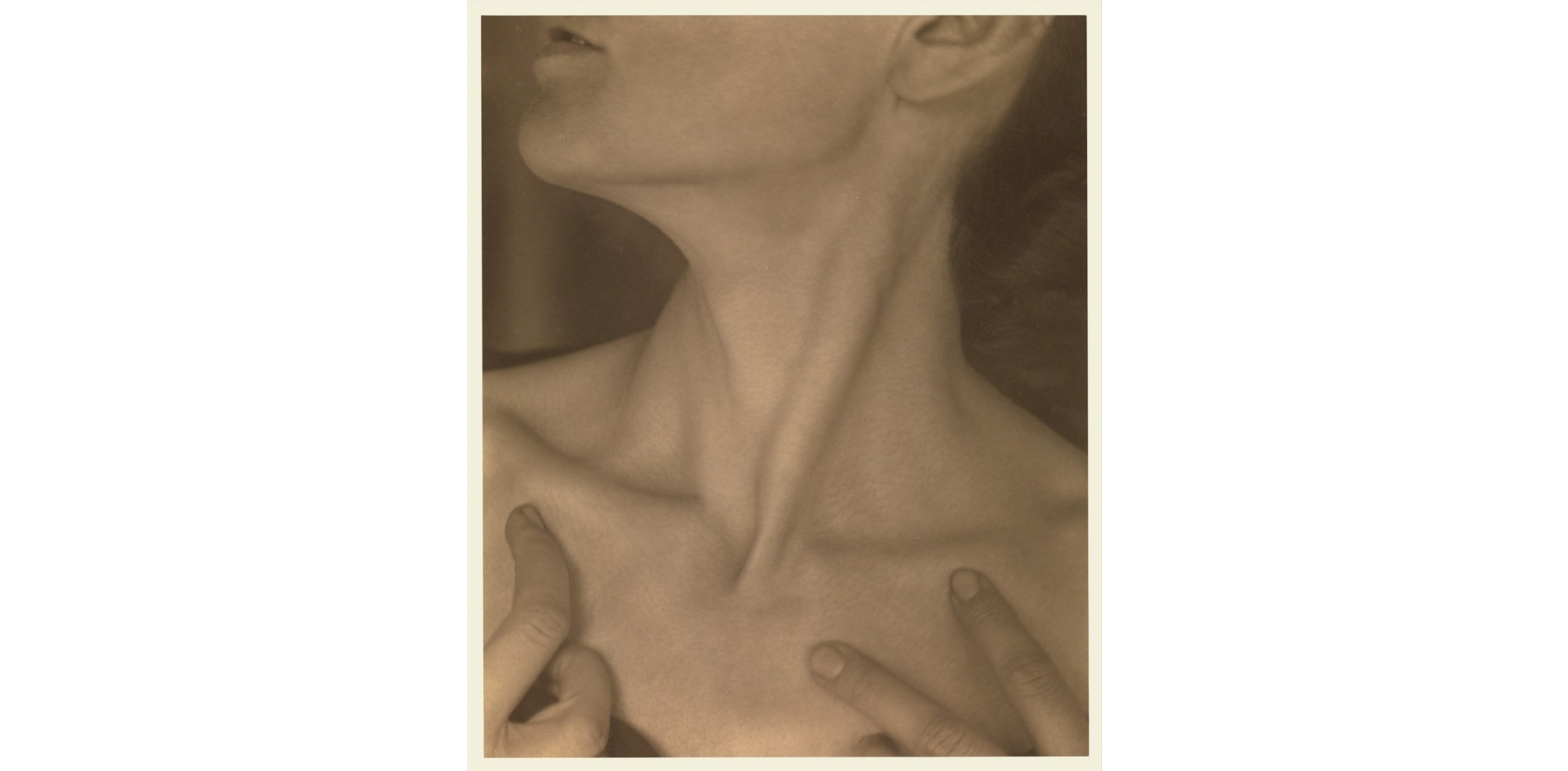
오키프를 처음으로 뉴멕시코의 타오스로 초대했던 마벨 도지 루한은 이곳을 두고 “세상의 시초” 같다고 했다. 오키프가 이곳에 드나들 무렵은 스티글리츠에게 애인이 생긴 직후였다. 스티글리츠의 새 애인 도로시 노먼은 젊고 예뻤고 그에 대한 경외로 넘쳤다. 스티글리츠는 사실 피그말리온 같은 삶에 익숙해졌을 만도 했다. 오키프 전에도 패밀라 콜만 스미스라는 젊은 여자 예술가를 발굴하여 그의 멘토가 되었고 그녀의 경력을 키웠다. 오키프가 더 성공적인 케이스였고, 이제는 노먼이었다. 노먼은 사업가의 부인으로 부유했기에 스티글리츠의 제자인 동시에 경제적인 후원자까지 되었다. 늙어가는 피그말리온에게는 포기하고 싶지 않은 여자였을 것이다. 하지만 그는 죽을 때까지 오키프와 이혼하지 않았고 노먼과의 관계도 포기하지도 않았다.
고대 로마에서 결혼식 때 신부는 신랑과 악수를 나누며 이렇게 말했다고 한다. “당신이 가이우스가 되는 곳에서 나는 가이아가 되리라.”라고. 가이아는 땅의 여신이다. 수수께끼 같은 말이긴 하지만 남녀의 결합이 장소와 관련 있다는 것을 추정할 수 있다. 오키프는 남편 곁을 지키지 않았고 스티글리츠는 뉴멕시코에 단 한 번도 오지 않았다. 오키프는 마치 스티글리츠와의 사랑을 포기하며 이 땅을 택한 듯했다. 뉴멕시코에서 그녀는 매일 아침 사막으로 나갔다고 한다. 풍경에 대한 기억을 안고 돌아와 그림을 그렸는데 언젠가 이렇게 말했다. “이 언덕들은 정말 부드럽다. 진정 멋진 대지다. 나는 가끔씩 옷을 다 벗어버리고 이 언덕들에 누웠으면 한다.” 몸의 친밀함에 실존을 내걸어 기대는 행위, 바로 사랑이 아닌가.
고스트랜치의 지층은 2억 년 전의 트라이아스기와 1.5억 년 전의 쥐라기의 지층들이 쌓여 형성되었다. 스티글리츠가 죽은 후 오키프는 이 오래된 땅으로 영구히 이사했다. 근처에는 예술가들이 많이 살지만 오키프는 이들과 어울리지 않았고, 그렇다고 뉴욕의 예술계와 어울린 것도 아니었다. 멀리서 혼자인 채 그림을 그리며 오키프는 땅처럼 늙어갔다. 늙은 오키프의 얼굴은 사진 속에서 깊은 주름들과 함께 이상할 정도로 아름답다. 실제로 봤다면 땅에 부는 건조한 바람이 느껴지는 소원한 표정의 얼굴이었을까. 오키프의 애비큐 집에서는 멀리 페더널 산이 보였다. 오키프는 종종 이 산을 ‘나만의 산이고 내 소유’라고 했다. 이 산은 나바호 원주민들에게 아주 신성하게 여겨지던 산으로, 원주민들은 이 산이 대지와 시간을 상징하는 ‘변화시키는 여자’의 탄생지라고 믿었다. 오키프는 98세까지 살다가 세상을 떠났는데, 그녀의 유언대로 화장되어 페더널 산 위에 뿌려졌다. 오키프는 이 산을 “멀리 faraway”라고 불렀다.
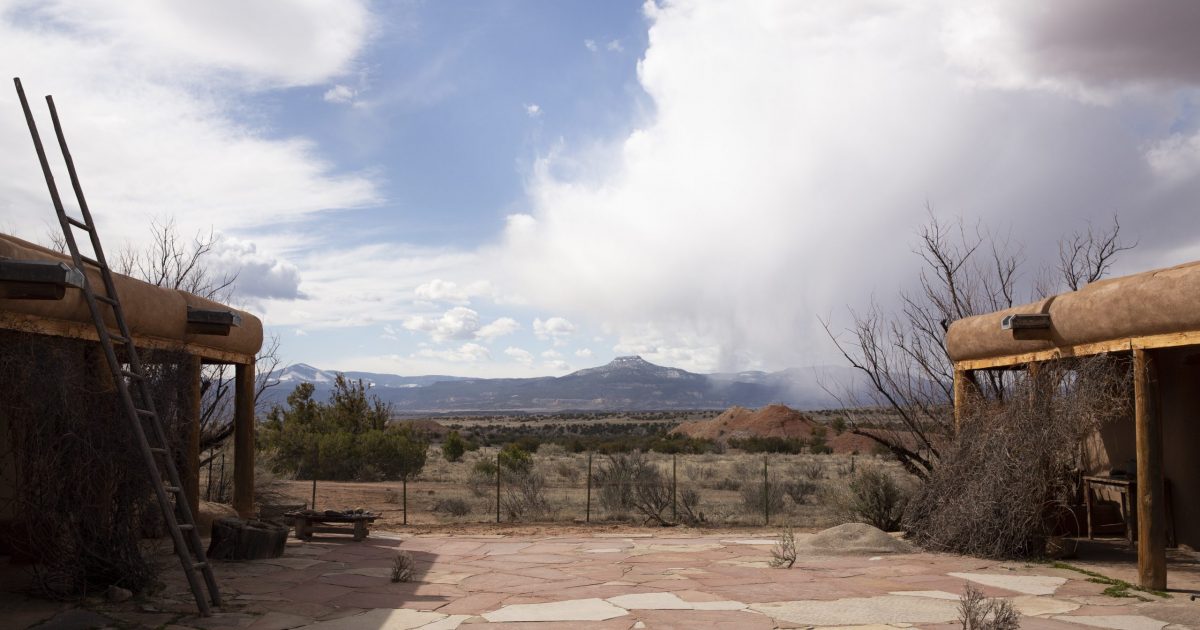

Georgia O’Keeffe was born in 1887 in the town of Sun Prairie, Wisconsin, to farmer parents. As a child she had already shown artistic talent and decided to become an artist but at the time it was very rare that a woman could become one. As in Europe or in the States, mostly artists were men and in such an environment, it was also a man who had discovered her talent. Alfred Stieglitz, who was running his avant-garde gallery in New York called 291 gallery, had first seen O’Keeffe’s drawings in 1916. Upon seeing her charcoal drawings he exclaimed, “At last, a woman on paper!” It meant two things; the first being that amid the art world where only men exist, there finally appeared a female artist, and secondly, about the subject of her works; her flower paintings conjure up the image of a woman’s genitals. (O’Keeffe was included as one of the symbolic guests who are represented in vulva forms on dinner plates in Judy Chicago’s ‘The Dinner Party’.) It is quite surprising that the abstract drawing that had been made before her era of her flower paintings also had something that reminded the viewer of a ‘woman.’ Stieglitz had remarked that a certain femininity which had never been expressed before was finally expressed on paper.
Right next year in 1917, Stieglitz had given O’Keeffe her first solo exhibition, which was quite a rule-breaker at the time. And just after 3 days, the U.S. declared war against Germany. This threw Stieglitz into financial woes, and upon renouncing the renewal of contract renewal for the gallery, he announced he’s finished but he gave the world a woman. During this time, passionate letters were sent to each other. In a year, the couple with 23 years of age difference began to live together, and Stieglitz’s statement became all the more true in a couple of years. In 1921, Stieglitz had his photography exhibition which showed a series of portraits of O’Keeffe; her impressive fingers holding the coat collar in one; only in a nightgown with her disheveled hair in another; and nude. Some of them were of her on the bed after having made love in broad daylight. It was clear that Stieglitz had given the woman to this world, even presented the woman he passionately loved “with her whole body.” And so O’Keeffe had become the famous “woman” in the history of modern art in America. She was a rare woman with a man’s profession, a woman who continuously painted images reminding us of the vulva,(She denied such interpretation her whole life.) she was the woman of Stieglitz who was a celebrity in the art circle, (Stieglitz’s divorce took a long time so O’Keeffe had to live with him in the state of adultery until 1924 when they finally married.) and a woman who could show her naked body to the public. As O’Keeffe had to be all these ‘women,’ she was in pain. But she grew famous and such fame helped the sale of her works. O’Keeffe as an artist sprang with all these facts and was linked to them. Owing to the fact that her works were abstract but not based on cubism, and that she painted the landscapes of New Mexico while living there, the adjective “American” would be sometimes added to “woman.”
Mabel Dodge Luhan who had invited O’Keeffe for the first time to Taos, New Mexico, also had said the land is like the beginning of the world. O’Keeffe frequented this place right after Stieglitz had an affair with a new girlfriend, Dorothy Norman. She was young and pretty, filled with awe of him. In fact, Stieglitz would have well gotten used to living a life like Pygmalion’s. Before O’Keeffe, he had discovered a young female artist Pamela Colman Smith and became her mentor and promoted her career. O’Keeffe was a much more successful case, and then it was Norman’s turn. As she was an affluent businessman’s wife, she became a disciple of Stieglitz and even his financial supporter. For an aging Pygmalion, she must have been a woman he did not want to give up. But he did not divorce O’Keeffe until his death while he kept his relationship with Norman.
They say in a wedding in Ancient Rome, the bride would shake the bridegroom’s hand and say, “I would be Gaia where you become Gaius.” Gaia is the goddess of land. It sounds like a riddle but one can presume that the union of man and woman is related to a place. O’Keeffe did not stay with her husband, and Stieglitz never visited her in New Mexico. It was as if O’Keeffe chose this land upon renouncing her love for Stieglitz. It is known that she went out to the desert every morning in New Mexico. She would paint after returning with her memory of the landscapes, and she would exclaim how the hills would be so soft, a genuinely marvelous land and how she sometimes wanted to take her clothes off and lie down on the hill naked. This act of leaning one’s whole existence on the corporal intimacy, is it not love?
The strata of Ghost Ranch were formed by the earth of the Triassic period 200 million years ago and of the Jurassic period 150 million years ago. After Stieglitz’s death, O’Keeffe moved to this aged land permanently. There were many artists living nearby but she didn’t mingle with them, and neither with the art circle of New York. Faraway by herself, she would paint and grow old like the earth. O’Keeffe’s older face in the photo looks beautiful with her deep wrinkles. Perhaps, her face in person could have had the distant expression with the dry wind from the earth blowing on it. From O’Keeffe’s Abiquiú house, Pedernal Mountain could be seen afar. She often said, “It’s my private mountain. It belongs to me.” This mountain was sacred for the Navajo natives since they believed it was the birthplace of ‘the woman who makes changes,’ which symbolizes the land and time. O’Keeffe lived up to be 98, and when she passed her body was cremated according to her will, her remains scattered on the top of the Pedernal Mountain. She had called this mountain, “Faraway.”
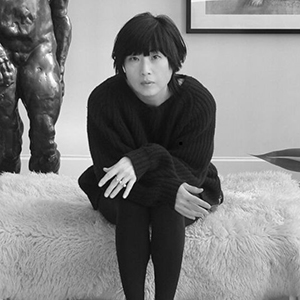
RELATED POSTS
